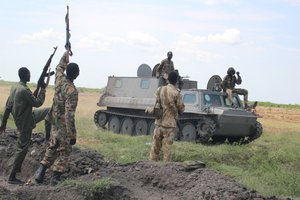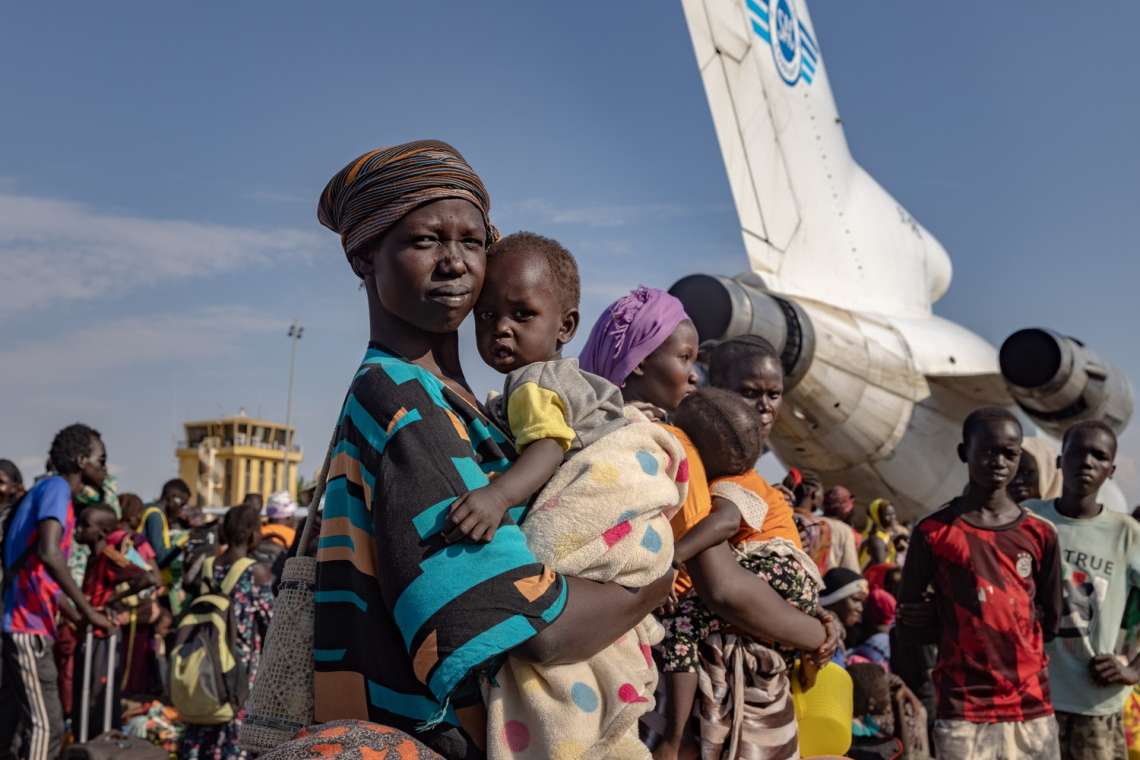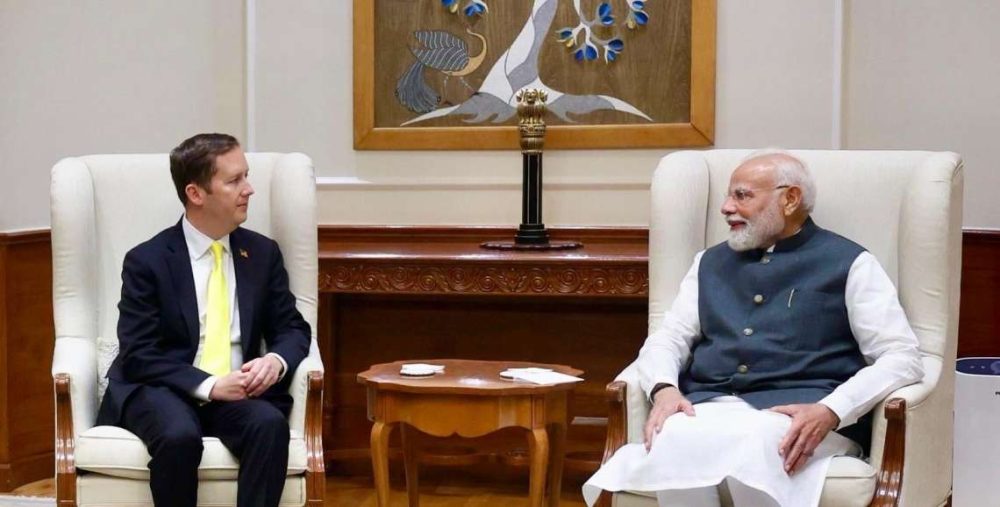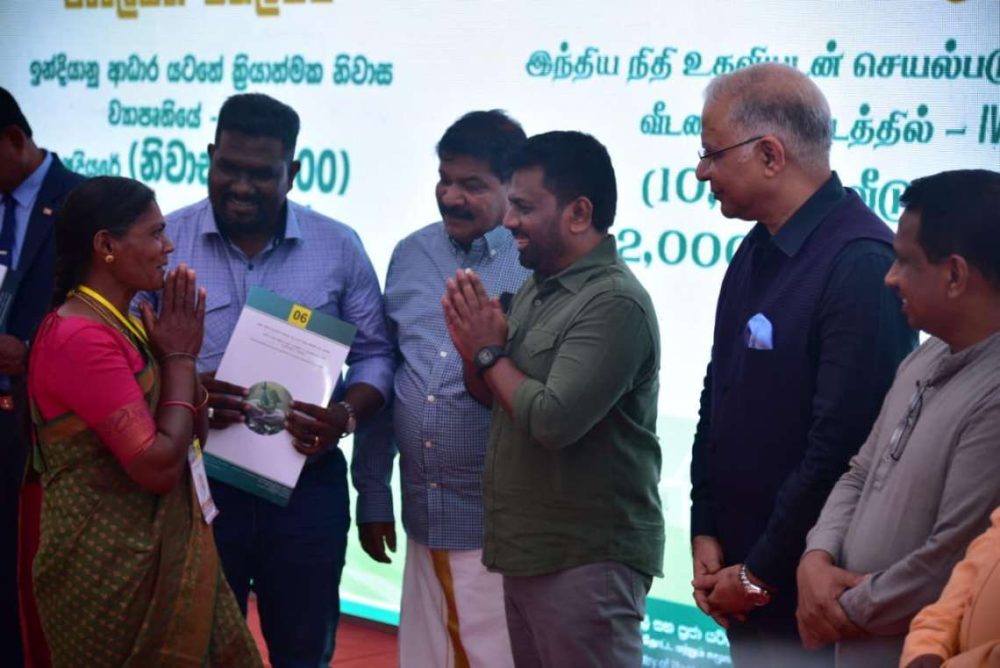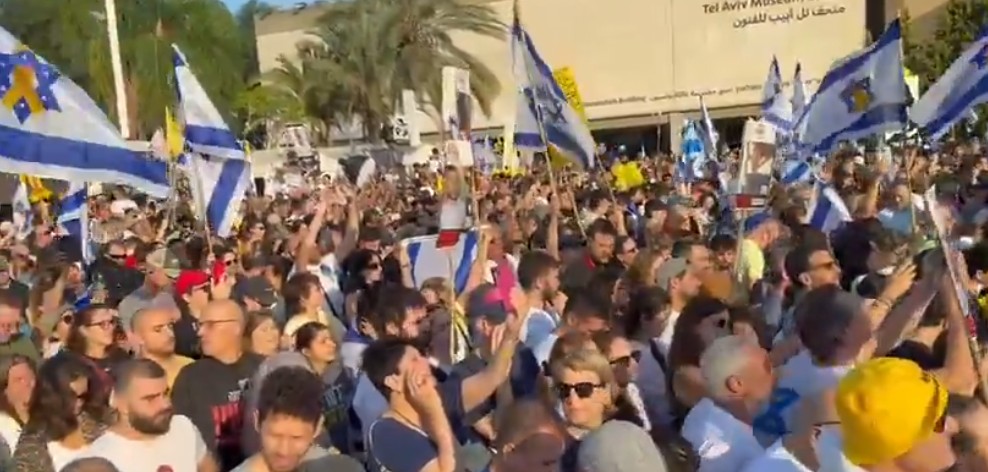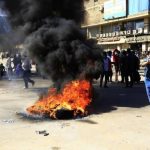Ground fighting in the war is now focused on the Darfur region, where the RSF is fighting to seize the army’s remaining foothold, driving hundreds of thousands from their homes
At least 11 people were killed after a drone strike by the Rapid Support Forces hit a displacement camp in Sudan’s River Nile state, the governor said in a statement, in an attack that also took out the regional power station for the fourth time.
The RSF, which denies carrying out drone attacks and did not respond to a request for comment, has targeted power stations in army-controlled locations in central and northern Sudan for the past several months, but the strikes had not previously left significant death tolls.
“We heard a large explosion and we found two families that had been burnt completely inside their tents, while they were sleeping,” said teacher Mashair Hemeidan as she shed tears.
“We had left Khartoum, fearful of the war, and now the war has followed us here. I don’t know where I will go with my family and children. We have no shelter or place to go to,” she added.
The escalation of such strikes, which have hampered the country’s electrical grid and plunged millions into weeks-long blackouts, comes two years into a damaging war as the army has been pushing the paramilitary force out of central Sudan.
Ground fighting in the war is now focused on the Darfur region, where the RSF is fighting to seize the army’s remaining foothold, driving hundreds of thousands from their homes.
There has also been fighting in western Omdurman, part of the capital, where the RSF remains.
The Friday morning attack by multiple missiles, which set some of the tents on fire, injured 23 other people, a medical official said.
Reuters witnesses saw at least nine children among the wounded.
“My nine-year-old son, Ahmed, was killed, and now my nine-year-old Fadi and my seven-year-old Omnia are in the hospital,” said Fadwa Adlan, a resident of the camp.
Some 179 families displaced by the fighting in the capital had been living in difficult conditions in an abandoned building and surrounding tents outside the town of Al-Damer, receiving little in the way of humanitarian assistance. The camp was located about 3 km from the Atbara power station, which was also struck.
On Friday, authorities could be seen hosing down the residents’ belongings destroyed in the fire and breaking down the camp. Residents were seen boarding buses to an unknown location.
Earlier, the South Sudan People’s Defense Forces (SSPDF) has regained control of Nasir town in Upper Nile State, which it lost following intense fighting with the White Army militia since March.
SSPDF Spokesperson Lul Ruai Koang confirmed Sunday in a statement that the recapturing of the key town of Nasir is the greatest gift for servicemen who paid the ultimate price during its defence and recapture, Xinhua news agency reported.
In March, intense fighting broke out in the strategic town of Nasir between the South Sudan army and the White Army, a militia the government claims to be linked to the opposition Sudan People’s Liberation Movement-in-Opposition.
SSPDF’s latest announcement came days after the military claimed control of the headquarters of neighbouring Ulang County following a week-long battle with the White Army.
Earlier in April the United Nations relief agency called for a rapid de-escalation to ensure the protection of civilians and unimpeded humanitarian access after fighting in South Sudan’s Upper Nile State killed more than 180 people since March.
UN Humanitarian Coordinator for South Sudan Anita Kiki Gbeho said in a statement issued in Juba, the capital of South Sudan, that armed clashes and aerial bombardments have injured over 250 people and displaced an estimated 125,000.
Gbeho also said four humanitarian workers have been killed in the violence, which started on March 4, and six health facilities were forced to shut down due to looting and destruction.
“This latest surge in violence must stop. This violence comes at a time when humanitarian funding is dwindling and urgent needs are rising not only in Upper Nile but across South Sudan. Today, 9.3 million people across the country require assistance,” Gbeho said.


